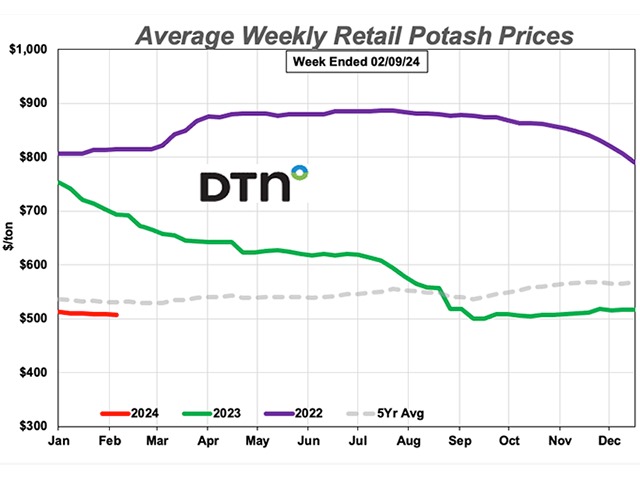By Dana Mantini

Friday's December World Agricultural Supply and Demand Estimates (WASDE) report, not typically a big market mover, was no exception. The trade seemed to be focused on changes to U.S. corn demand, and USDA did not disappoint, with a slightly higher drop in sales than expected. There were no changes to domestic wheat and soybean stocks, and mostly expected changes in world numbers.
CORN
By any measure, Friday's December WASDE report could be referred to as a "ho-hummer." USDA typically does not surprise us on the December report and the 2022 report was no exception. With the pre-report Dow Jones traders survey expecting the corn export forecast to be adjusted downward as U.S. sales remain 48% lower than a year ago, the decrease was right in line with most estimates of 50 million bushels (mb) to 100 mb. USDA lowered the U.S. export forecast by 75 mb and raised the ending stocks for 2022-23 by a like amount to 1.257 billion bushels (bb). There were no other changes in the balance sheet.
On the world front, there were modest changes, with world ending stocks being lowered by 2.4 million metric tons (mmt) to 298.4 mmt (11.75 bb). There were no changes in corn production for either Argentina or Brazil. Even though Argentina is enduring drought conditions, with just 33% of that crop planted, there remains plenty of time.
SOYBEANS
Coming into the report, only a minor change was expected in soybean ending stocks, with the trade estimating carryout to increase to 236 mb from 220 mb. Instead, USDA chose to leave ending stocks unchanged at 220 mb. There were no other changes to the U.S. soy balance sheet.
Based on the EPA proposal for biofuels, soybean oil use was reduced by 200 million pounds, but soy oil use for food was raised, as were ending stocks. The season average price for soy oil was lowered 1 cent to 68 cents, while the soybean meal price was increased $10 to $410 per short ton.
As for the world, ending stocks rose modestly to 102.7 mmt (3.77 bb) from 102.2 mmt previously. Once again, Argentina and Brazil production estimates were left unchanged. Some analysts had expected that perhaps Argentina, due to drought, would be ratcheted down a bit. However, as in corn, there is only 37% of the soy crop planted -- way behind average and there is still time for recovery. Soybean meal ending stocks rose modestly, while soy oil stocks fell slightly. There were no changes for China despite the fact that their 11-month import total is currently down 8% from a year ago.
WHEAT
As in soybeans, the U.S. wheat ending stocks were left completely unchanged at 571 mb, and still a 15-year low. The trade had expected a modest increase to 578 mb. There were some slight by-class changes, with exports down on soft red wheat and up on both hard red spring (HRS) and white wheat. The net effect was a decrease in HRS and white wheat ending stocks by 5 mb each, and an increase in soft red winter wheat ending stocks by 10 mb to 97 mb.
There were some significant, but not totally unexpected, changes in the world numbers. Perhaps the most notable was the lack of change for Russian wheat production. With multiple analysts and consultancies pegging Russian wheat at a record-large 100 mmt (3.67 bb), USDA chose to remain at 91 mmt (3.34 bb). Russian exports, however, were increased by 1 mmt to 43 mmt (1.58 bb) to account for their aggressive selling pace of late. Argentina's wheat crop was reduced another 3 mmt to 12.5 mmt (459 mb), falling in line with the Buenos Aires Exchange. Argentine exports were decreased by 2.5 mmt to 7.5 mmt (275 mb) -- the lowest since 2014-15. Australia's wheat production was increased by 2.1 mmt to match ABARES, at a record-large 36.6 mmt (1.34 bb). Australia's exports were increased by 1.5 mmt to 27.5 mmt (1.01 bb).
FINAL THOUGHTS
The net effect of the report was negligible, with corn and wheat trading about where they were prior to the release at Friday's closing bell. Wheat -- which has been hard pressed to get any upside traction -- weakened even further by the close, likely based on increased Ukraine and Russian exports and the realization that USDA's Russian production is likely being understated.
Click here to see more...